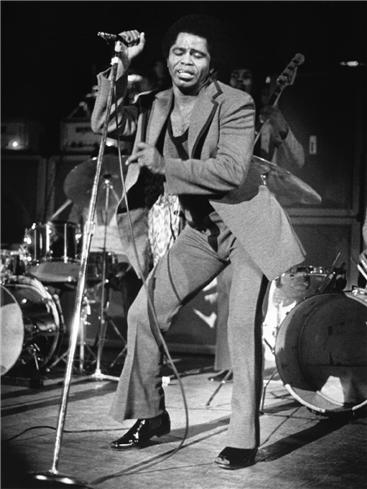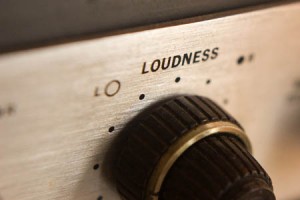I get as psyched up as any hot-blooded rock ‘n roll fan at the anticipation of a smokin’ harmonica solo in the middle of a blues workout. The harmonica break in any number of early Stones and Yarbirds songs is both exciting and dramatic. I’m appreciative of Stevie Wonder‘s melodic use of the chromatic harmonica on songs like “Isn’t She Lovely.” I dig when Bob Dylan and Neil Young fill the gaps in any one of the dozens of their songs that feature their naive approach to the blues harp. I’ll even sit through a yearly spin of J. Geils Band‘s “Whammer Jammer,” the show-stopping instrumental by full-time harp player and Townman Hrrundivbakshi’s spiritual guide Magic Dick.
I own harmonicas and dream of one day finding a use for one in one of my own songs. I like harmonicas. Honest, I do. However, while watching one of my favorite local bands last weekend, there came a point in their second set when they called up a friend to play harmonica on a song. That led to him playing harmonica on another song and another one and a few more after that. By the third song featuring a persistent harmonica part I started to realize why most bands only break out the big harmonica solo one time per gig. There quickly comes a point when the instrument’s on autopilot. The instrument becomes a condiment. Think of a point in meal when you add mustard or horseradish—or both—to a course, as I did just last night, over a main course of kielbasa and sauerkraut. The condiments perfectly fit that dish, but had I also added the mustard and horseradish to my green beans, my pierogi, and my chocolate babka, it would have been overkill. Not to mention, one would never make mustard or horseradish the core ingredient of any dish, as it might be argued J. Geils Band managed to do when they handed over the keys to a song to Magic Dick. “Whammer Jammer” is an outstanding achievement in terms of culinary standards.





